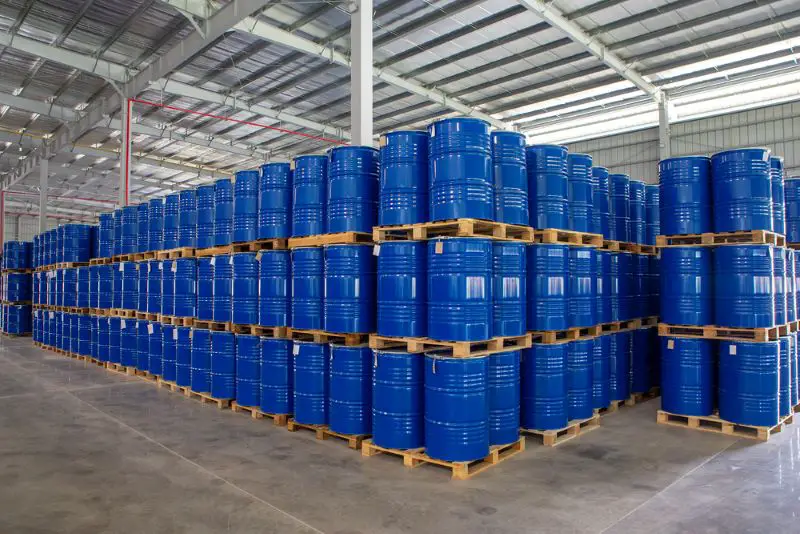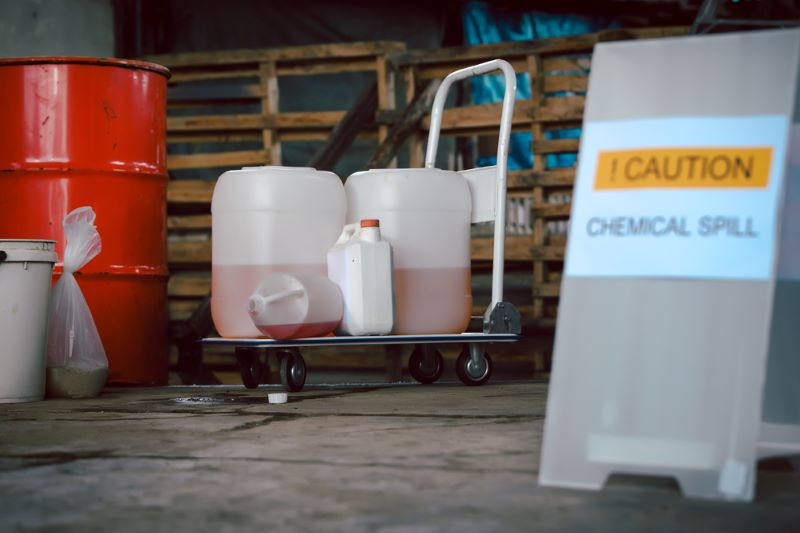Click here to get this post in PDF
In any workplace that handles hazardous materials, it’s crucial to adhere to the safety protocols at all times. Hazardous materials require special care to keep employees safe. They must follow the regulations that affect the handling of these materials.
It’s essential to observe the best practices when handling hazardous materials to ensure the safety of the work environment while also adhering to the standard regulations in the industry.
1. Understanding Hazardous Materials
The initial step in handling hazardous materials is to fully understand the materials in the workplace. Things to know are:
- The type of substances, potential hazards, and the uses for each material
- Considerations before moving, touching, or storing the material
It’s essential to fully understand the possible risks and types of wastes the employees will encounter. With this approach, it’ll be easier to assess the risks involved and develop a strategy to handle those materials properly.
The majority of businesses produce waste in one form or another. With this in mind, it’s essential to understand your hazardous waste generator status. Depending on your business classification, you must comply with the regulations and processes. The requirements become stricter and more expensive the more your business produces waste.
2. Proper Labeling Of Containers
All hazardous materials should have a proper container with a label. In such cases, this is when chemical storage containers will come in handy. When you don’t store a chemical properly, it might leak out or corrode the container. It’s best to observe proper labeling and follow those labels to ensure everyone knows the correct handling. The tags should be weather resistant as well.
Make sure you utilize sealable containers that can thwart the release of any harmful chemical substances. The containers should be compatible with the waste you will store and manufactured with materials resistant to corrosion and constant exposure to the weather elements. The use of solvent resistant labels is essential in case of immersion or direct exposure to chemicals and organic solvents.
As part of proper labeling and storage, the work area should undergo thorough cleaning after using a substance. When the work area is clean, there’s a lower likelihood of accidental spillage involving a hazardous substance.
3. Training
Aside from providing signage to inform employees about hazardous materials, you must provide training on safe handling. The safety protocols can serve as a starting point, but it’s best to plan for the unexpected. A good strategy is to train employees in emergency procedures, including various situations involving hazardous materials and medical emergencies.
Make training a priority in your workplace when it comes to the proper handling of materials. Additionally, update the training yearly to ensure that staff knows what to do to stay safe at all times. The employees must clearly understand the reporting protocols and how to carry out their job responsibilities.
4. Safe Storage Of Hazardous Materials
When you have hazardous materials, always prioritize safe storage. Hazardous materials must be in a designated storage space that any unauthorized individuals cannot easily access. The area must be defined as a dangerous material storage area. Design this area to have secondary containment systems set up in the event that primary containment fails.
There should be clear communication between the management and personnel. When there’s an action plan, it ensures proper labeling of all materials and staying in line with the regulatory requirements. Remember, the primary purpose of the regulatory policies is to maintain a safe working environment.
You must store all hazardous materials in a safe area with proper ventilation away from others. Employees must maintain a clean working space that’s away from any hazardous waste.
One of the vital practices in most establishments is establishing, conducting, and documenting weekly inspections of the hazardous materials storage areas. A routine and thorough examination can readily reveal any minor issues that are easy to fix and prevent from escalating into expensive matters along the road. A weekly checklist will surely come in handy in developing your procedures.
5. Continuous Management Of Storage Areas
Regulations on hazardous materials require that the storage areas undergo regular maintenance. Once you overlook this aspect, it can result in hefty fines from regulators. When it comes to efficient storage areas, it’s crucial to ensure a dry, cool space with proper ventilation. It’s vital to keep lids on containers at all times. Don’t forget accurate labeling. Keep all hazardous materials in proper storage.
This infographic was created by Technical Safety Services, a provider of biosafety cabinet certification
Conclusion
When your workplace handles various hazardous materials, everyone should adhere to strict safety protocols. A thorough review of the dangerous materials and the storage and handling in the workplace will help determine any adjustments necessary to stay in line with the standard protocols.
Performing these best practices for handling hazardous materials ensures safety in the workplace at all times.
You may also like: Top Tips For Safety In Hazardous Work Environments
Image source: Depositphotos.com


